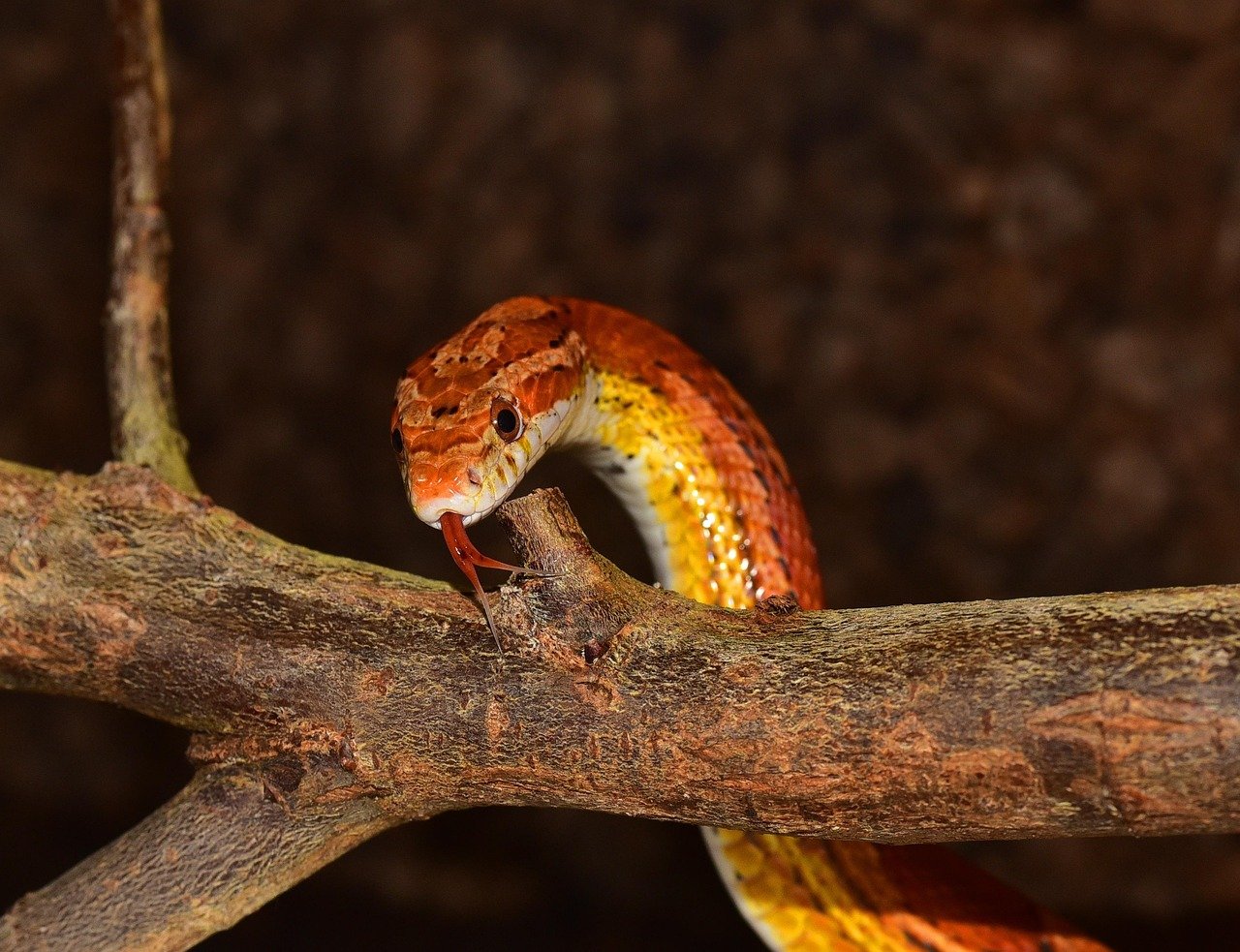Have you ever wondered what makes corn snakes so fascinating to snake enthusiasts around the world? These vibrant creatures captivate with their stunning colors and intriguing behaviors. Whether you’re a seasoned herpetologist or simply curious about these slithering wonders, corn snakes have much to offer. Let’s dive into the world of corn snakes and discover 15 fascinating facts that make them truly remarkable.
Corn snakes are some of the most popular pet reptiles—and for good reason! These friendly, non-venomous snakes are not only easy to care for but also come in a rainbow of stunning colors and patterns. Native to North America, corn snakes are excellent escape artists and skilled hunters, using constriction to capture their prey. They’re known for their calm demeanor, making them a favorite among beginner snake owners. Plus, with a lifespan of 15–20 years, they’re long-term companions that can slither right into your heart.
Colorful and Captivating Patterns
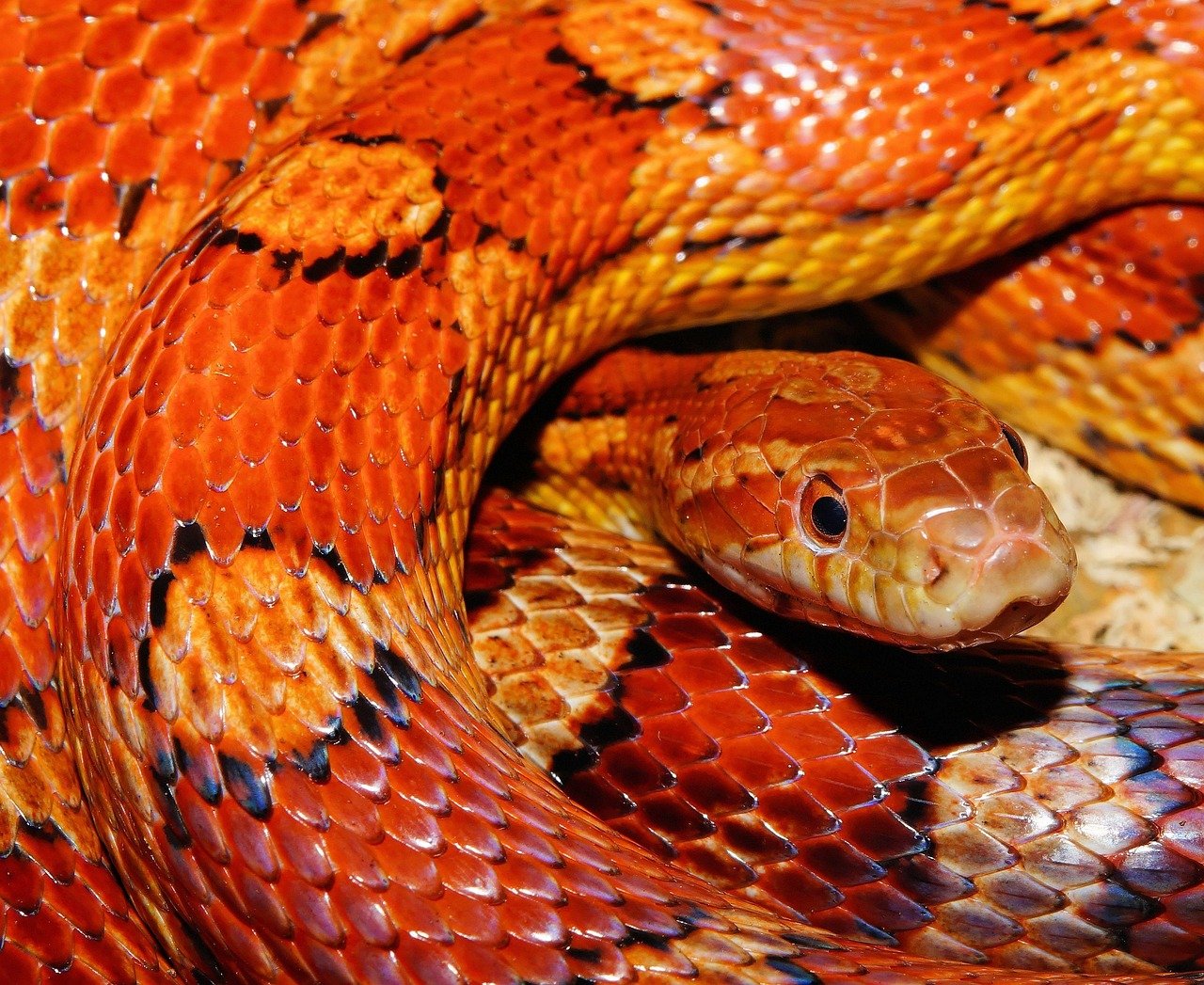
Corn snakes are known for their beautiful and varied color patterns, which can range from bright orange to deep red, often adorned with black-bordered blotches. These striking colors are not just for show; they serve as a form of camouflage in their natural habitats. The patterns mimic the appearance of dried corn, which is how they got their name. This adaptation helps them blend into their surroundings, making them elusive to predators. Their vibrant appearance is one of the reasons they are so popular among snake enthusiasts.
Friendly and Gentle Nature
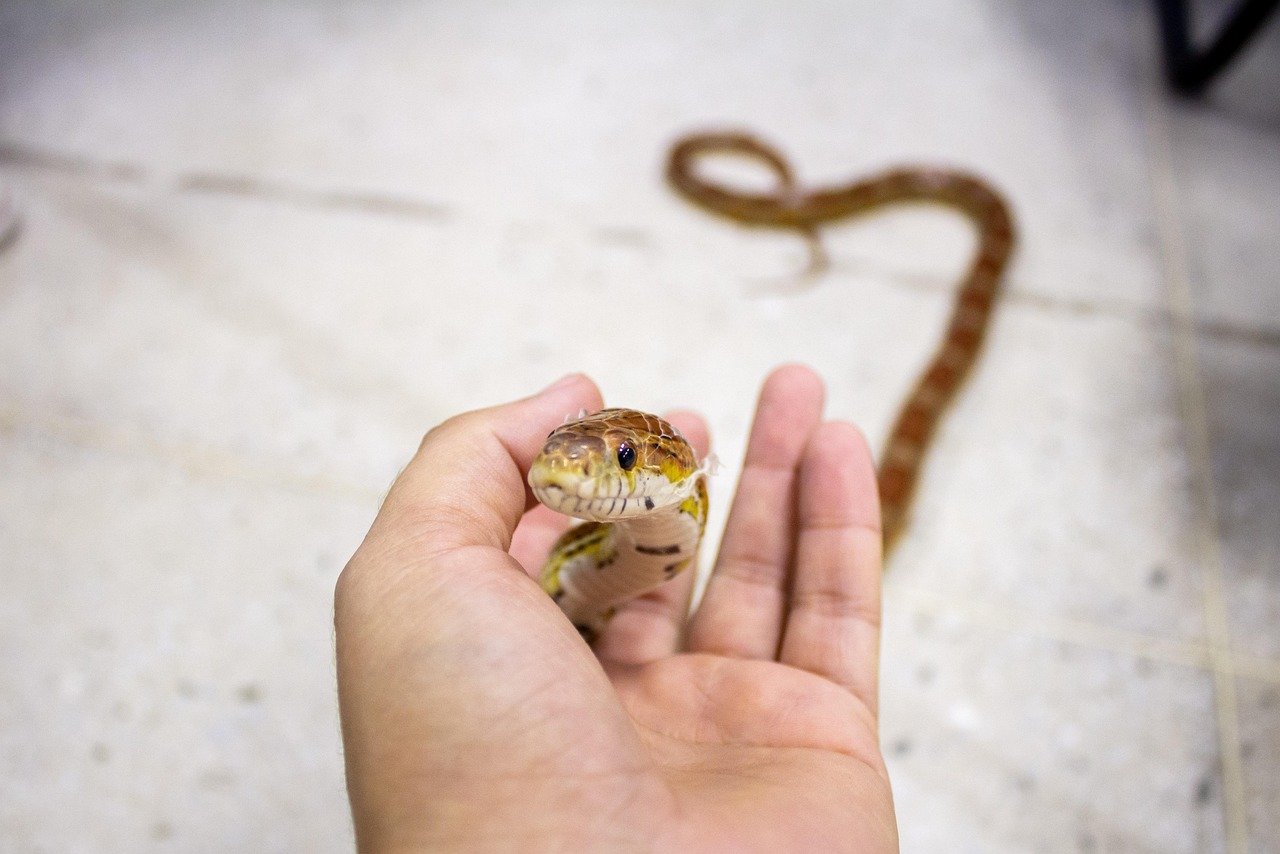
Unlike many other snake species, corn snakes are known for their docile and friendly nature. They rarely bite and are often considered one of the best snakes for beginners. Their calm demeanor makes them easy to handle and a joy to observe. Even when threatened, they tend to remain calm and avoid aggression. This gentle nature has endeared them to many pet owners, making them a favorite choice for those looking to own a snake.
Masters of Escape
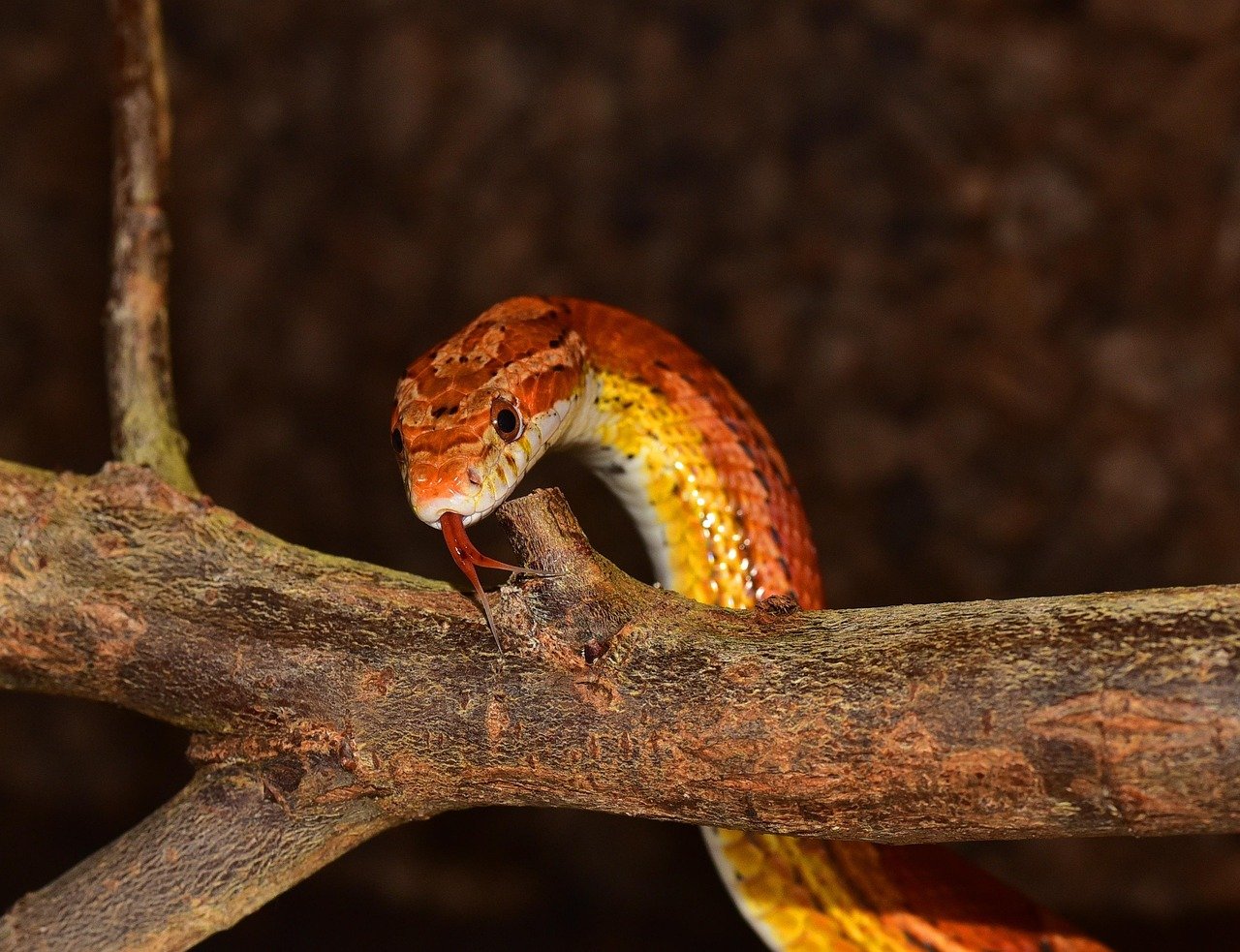
Corn snakes are notorious escape artists. Their slender bodies and curious nature make them adept at finding ways out of enclosures. It’s not uncommon for owners to find their snake exploring the house after a successful escape. This characteristic is both amusing and challenging for snake keepers, who must ensure their enclosures are secure. Their ability to squeeze through small spaces is a testament to their intelligence and adaptability.
Impressive Climbing Skills
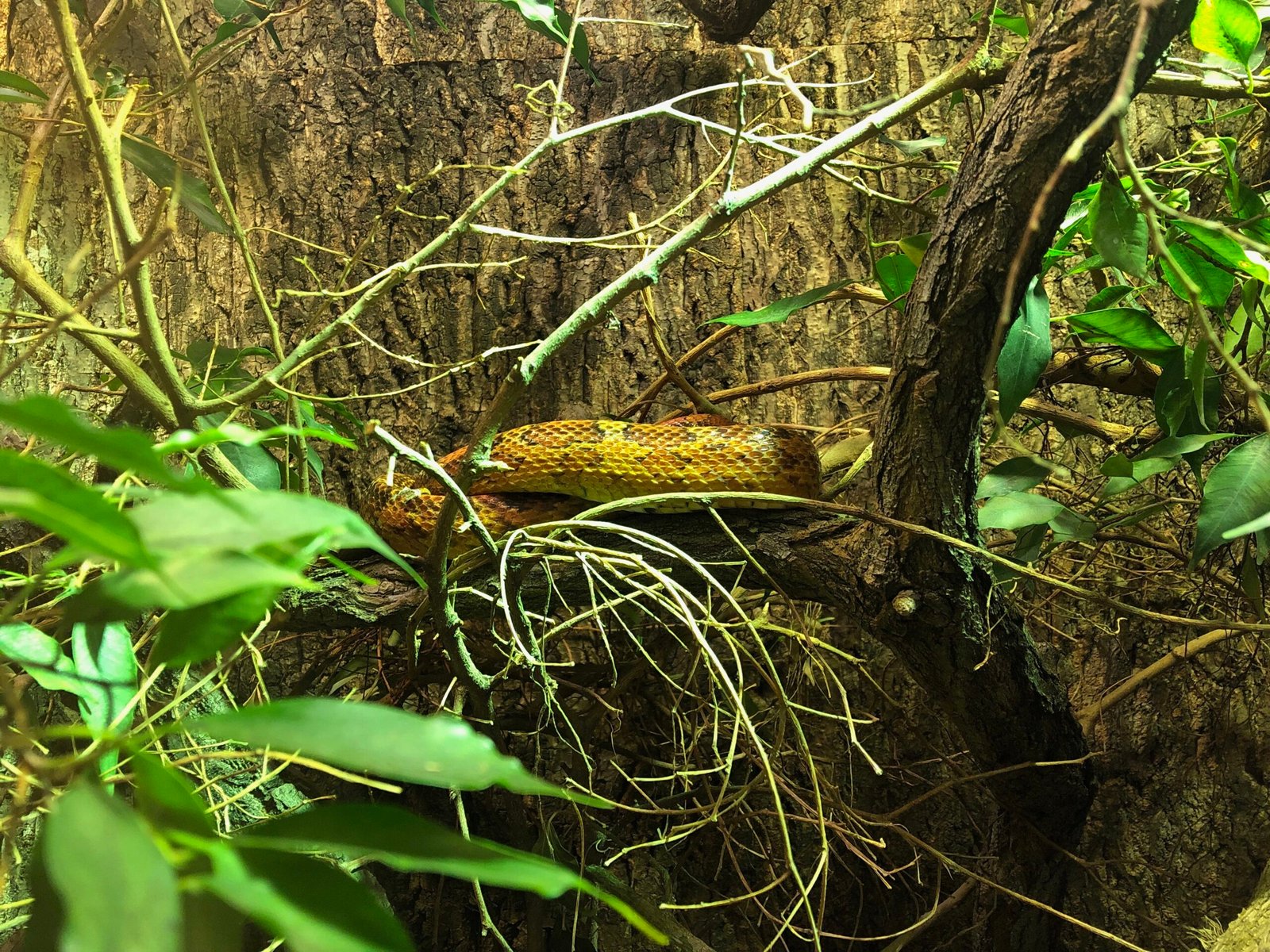
While corn snakes are primarily ground-dwellers, they are surprisingly good climbers. Their strong, muscular bodies allow them to scale trees and other vertical surfaces with ease. This skill is particularly useful in the wild, where they often climb to find food or escape predators. Observing a corn snake climb is a fascinating sight, showcasing their agility and strength. This ability adds another layer to their already impressive repertoire of skills.
Constrictor by Nature
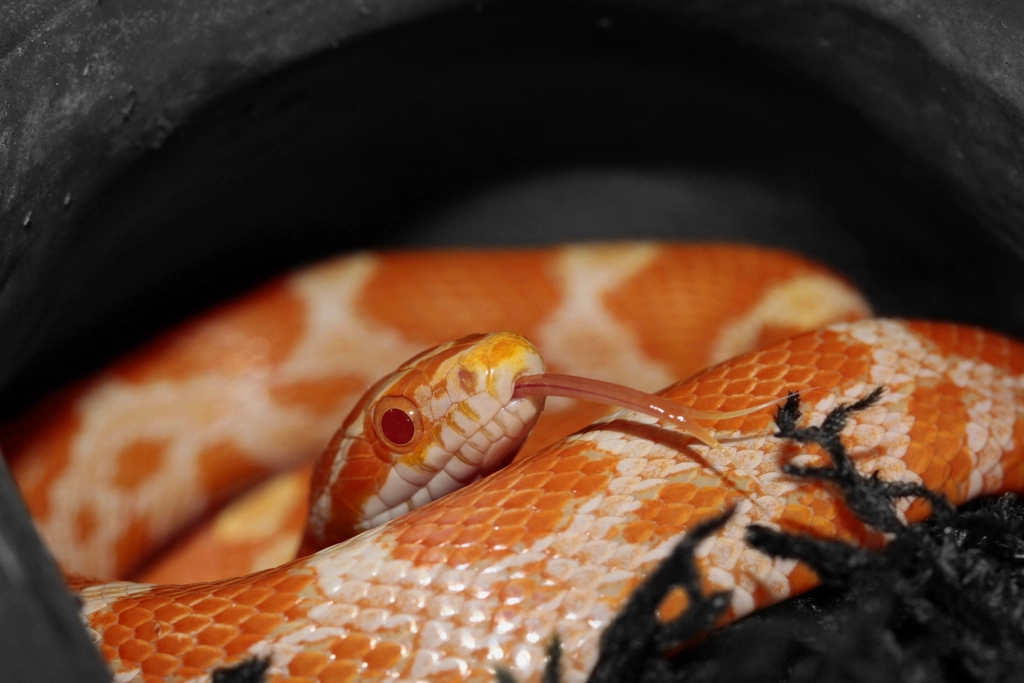
Corn snakes are non-venomous constrictors, meaning they subdue their prey by wrapping around it and squeezing until the prey can no longer breathe. This method is efficient and allows them to take down prey much larger than themselves. Their diet typically consists of rodents, birds, and other small animals. This feeding strategy is not only effective but also highlights their role in controlling rodent populations, making them beneficial to their ecosystems.
Remarkable Lifespan

In captivity, corn snakes can live for over 20 years with proper care. This impressive lifespan makes them a long-term commitment for pet owners. Their longevity is due in part to their hardy nature and adaptability to various environments. With the right care, they can thrive and provide companionship for many years. This extended lifespan is one of the reasons they are so appealing to pet owners looking for a long-lasting relationship with their pet.
Wide Range of Habitats
Corn snakes are incredibly adaptable and can be found in a variety of habitats, from forests and grasslands to barns and abandoned buildings. Their versatility allows them to thrive in diverse environments, making them one of the most widespread snake species in North America. This adaptability is a key factor in their success as a species and contributes to their resilience in the wild. Their ability to inhabit such a wide range of areas is a testament to their survival skills.
Breeding and Reproduction

Corn snakes are prolific breeders, with females laying anywhere from 10 to 30 eggs at a time. The eggs are incubated for about two months before hatching. This high reproductive rate ensures that corn snake populations remain stable, even in the face of predation and environmental changes. The breeding process is fascinating to observe, as it showcases the intricate behaviors and rituals of these snakes. Their reproductive success is a key factor in their widespread presence.
Variety of Morphs

One of the most exciting aspects of corn snakes is the incredible variety of morphs available. Through selective breeding, snake enthusiasts have created an array of color variations, including albino, lavender, and pied morphs. Each morph has its own unique pattern and coloration, making them highly sought after by collectors. This diversity in appearance adds to the allure of corn snakes and provides endless possibilities for breeding and collecting.
Regenerative Abilities
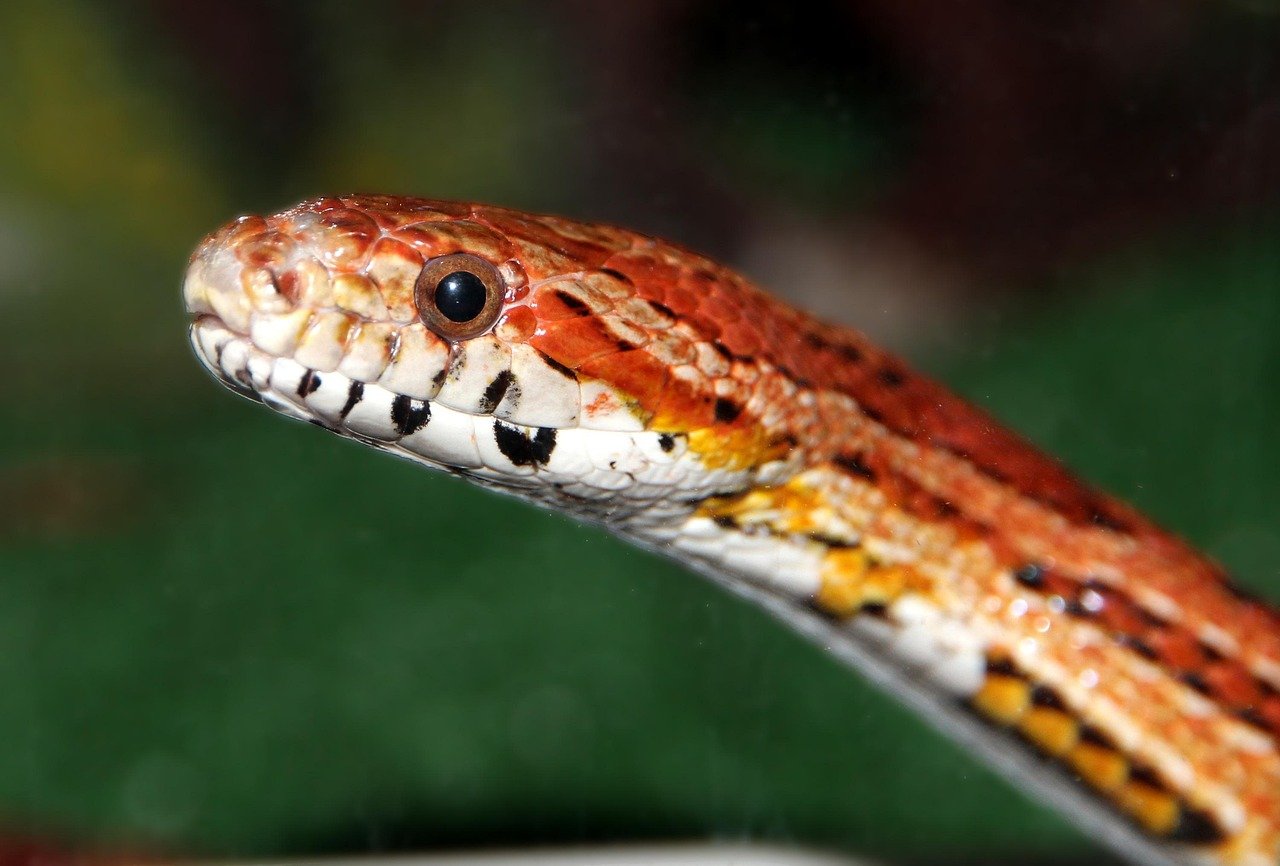
Corn snakes have the remarkable ability to regenerate their tail if it is lost due to injury or predation. This regenerative capability is a survival mechanism that helps them escape predators and continue thriving. While the regenerated tail may not be as long or as perfectly formed as the original, it serves its purpose well. This ability is a testament to the resilience and adaptability of corn snakes, showcasing their capacity to overcome adversity.
Active During the Day
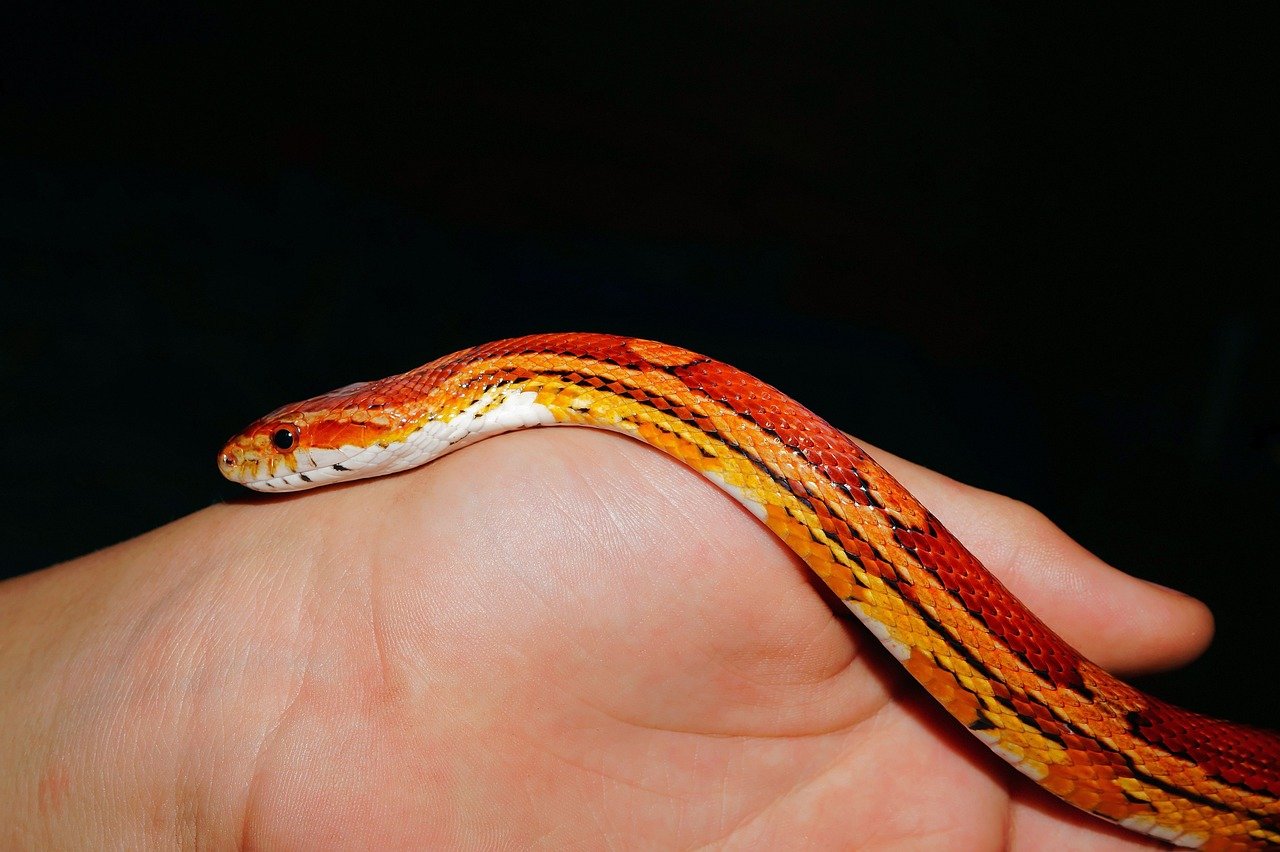
Unlike many snake species that are nocturnal, corn snakes are primarily diurnal, meaning they are active during the day. This behavior makes them easier to observe and interact with, as they are more likely to be out and about when their owners are awake. Their daytime activity also allows them to bask in the sun, which is essential for regulating their body temperature. This diurnal nature adds to their appeal as pets, providing more opportunities for interaction and observation.
Low Maintenance Pets
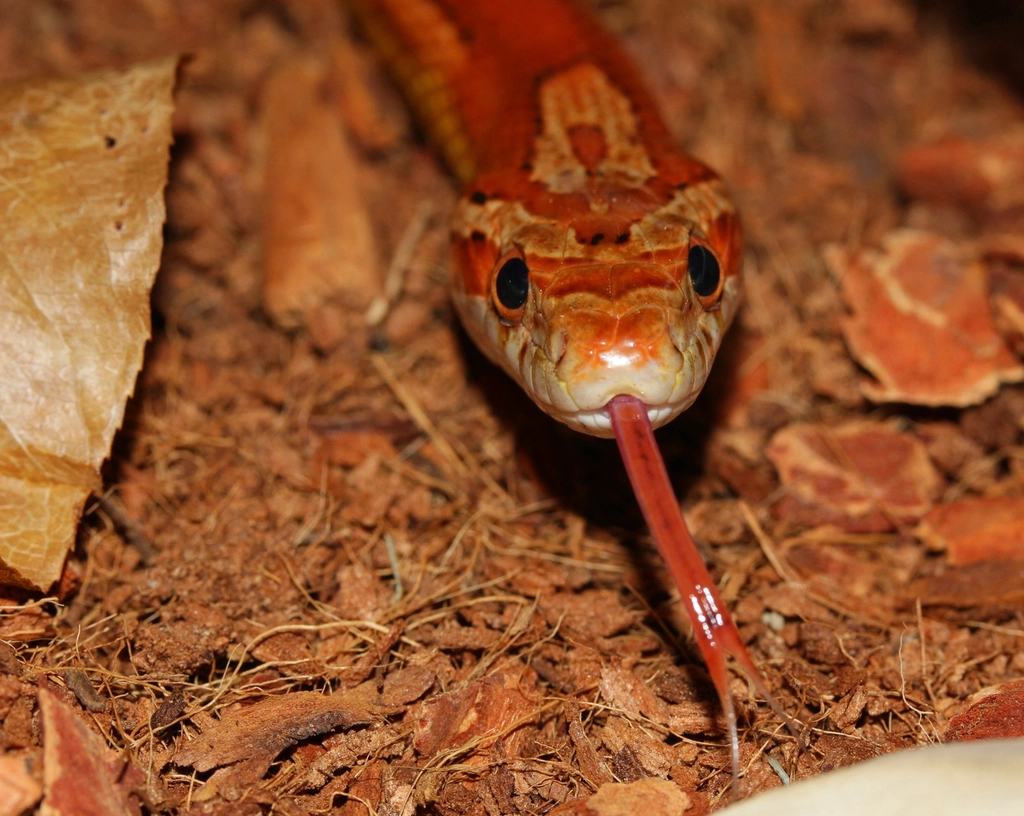
Corn snakes are relatively low maintenance compared to other reptiles, making them an excellent choice for first-time snake owners. They require minimal space, simple enclosures, and a straightforward diet of rodents. Their hardy nature means they are less prone to illness, provided they are kept in appropriate conditions. This ease of care makes them accessible to a wide range of people, from experienced reptile keepers to novice pet owners.
Unique Communication Methods
Corn snakes communicate using a variety of methods, including body language and subtle movements. They may flick their tongues to gather information about their surroundings or vibrate their tails when feeling threatened. These behaviors provide insight into their mood and intentions, allowing owners to better understand and interact with them. Observing these communication methods is a fascinating aspect of owning a corn snake, offering a glimpse into their complex world.
Native to North America

Corn snakes are native to the southeastern United States, where they thrive in a variety of habitats. Their presence in this region is well-documented, and they play an important role in the local ecosystems. As a native species, they are well-adapted to the climate and environment, contributing to their success and widespread distribution. Their origin in North America adds to their appeal, as they are a familiar and integral part of the region’s wildlife.
Educational Ambassadors
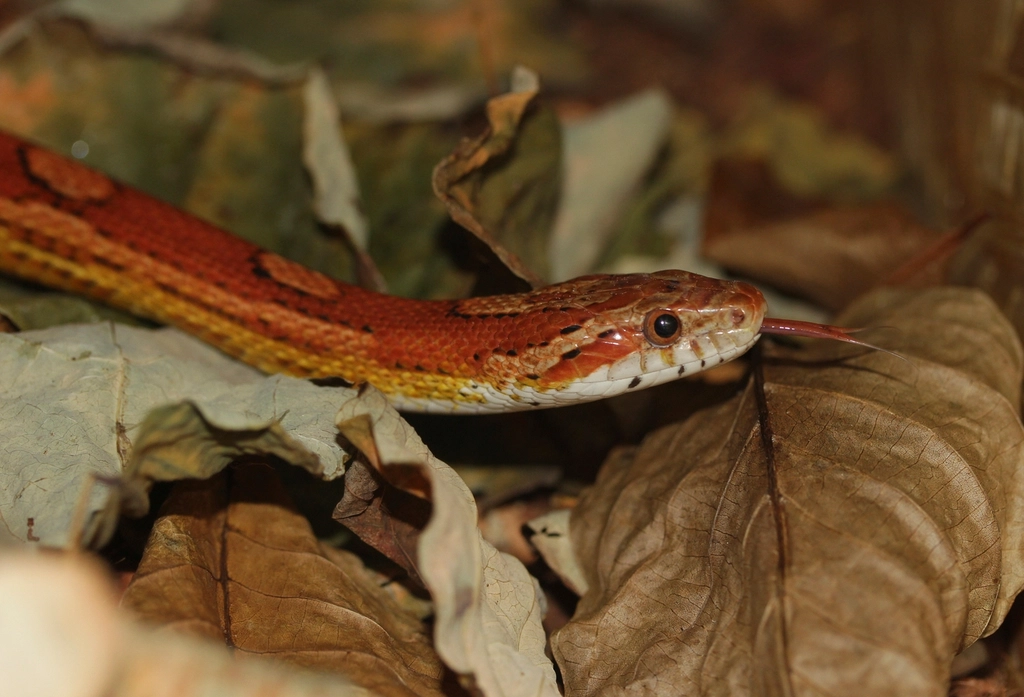
Corn snakes are often used in educational programs to teach people about reptiles and their importance in ecosystems. Their docile nature and striking appearance make them ideal ambassadors for snake education. By interacting with corn snakes, people can learn about the vital roles snakes play in controlling pest populations and maintaining ecological balance. These educational efforts help dispel myths and misconceptions about snakes, fostering a greater appreciation for these remarkable creatures.
Corn snakes are truly fascinating animals, offering a wealth of interesting traits and behaviors. From their captivating colors to their gentle nature, they continue to enchant and educate those who take the time to learn about them. So, what do you think? Did these facts surprise you, or were you already familiar with the wonders of corn snakes?

Esther is from India; the heartbeat of South Asia, holding a Master’s degree in Zoology and a postgraduate diploma in Animal Welfare. Her enthusiasm for animal welfare drives her passion and dedication to working for animals, ensuring their well-being, and advocating for their rights. With a solid academic background and hands-on experience, she is committed to making a positive impact in the field of animal welfare. In her free time, she enjoys embroidery and sewing. As a Chennaite from Tamil Nadu, Esther loves Bharathanatyam, an Indian classical dance form.

